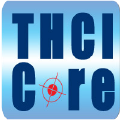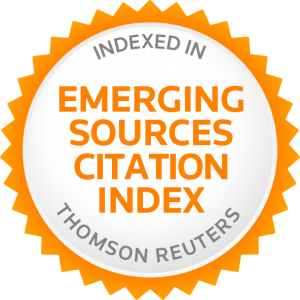VITALITY OF HAKKA CHINESE IN JOHOR, MALAYSIA
Su-Hie Ting, Hui-Yee Hoo / Universiti Malaysia Sarawak
This study examined the vitality of Hakka Chinese in Johor using the Expanded Graded Intergenerational Disruption Scale (EGIDS). The questionnaire survey on language proficiency and language choice involved 153 Hakka youths aged 15-30. The results showed that the vitality of Hakka is at EGIDS Level 6b (Threatened). Hakka is still used for face-to-face communication within all generations, but it is losing users. The identity function of Hakka is that of a home language, with weak intergenerational transmission. Only 8.50% of the respondents speak Hakka with their parents, and 33.55% speak Hakka with their paternal grandparents. The Hakka youth are the youngest generation who can speak Hakka, but the percentage of Hakka usage is only 5.17%. They speak Mandarin in all domains, except employment and education domains where English and Standard Malay are also used. Mandarin also dominates in the family, friendship, and religious domains. Their Hakka proficiency is moderate, and a majority of them could only follow the main points of everyday conversation and speak simple sentences. Hakka parentage and religious background influence Hakka youths’ Hakka proficiency and Hakka usage.



